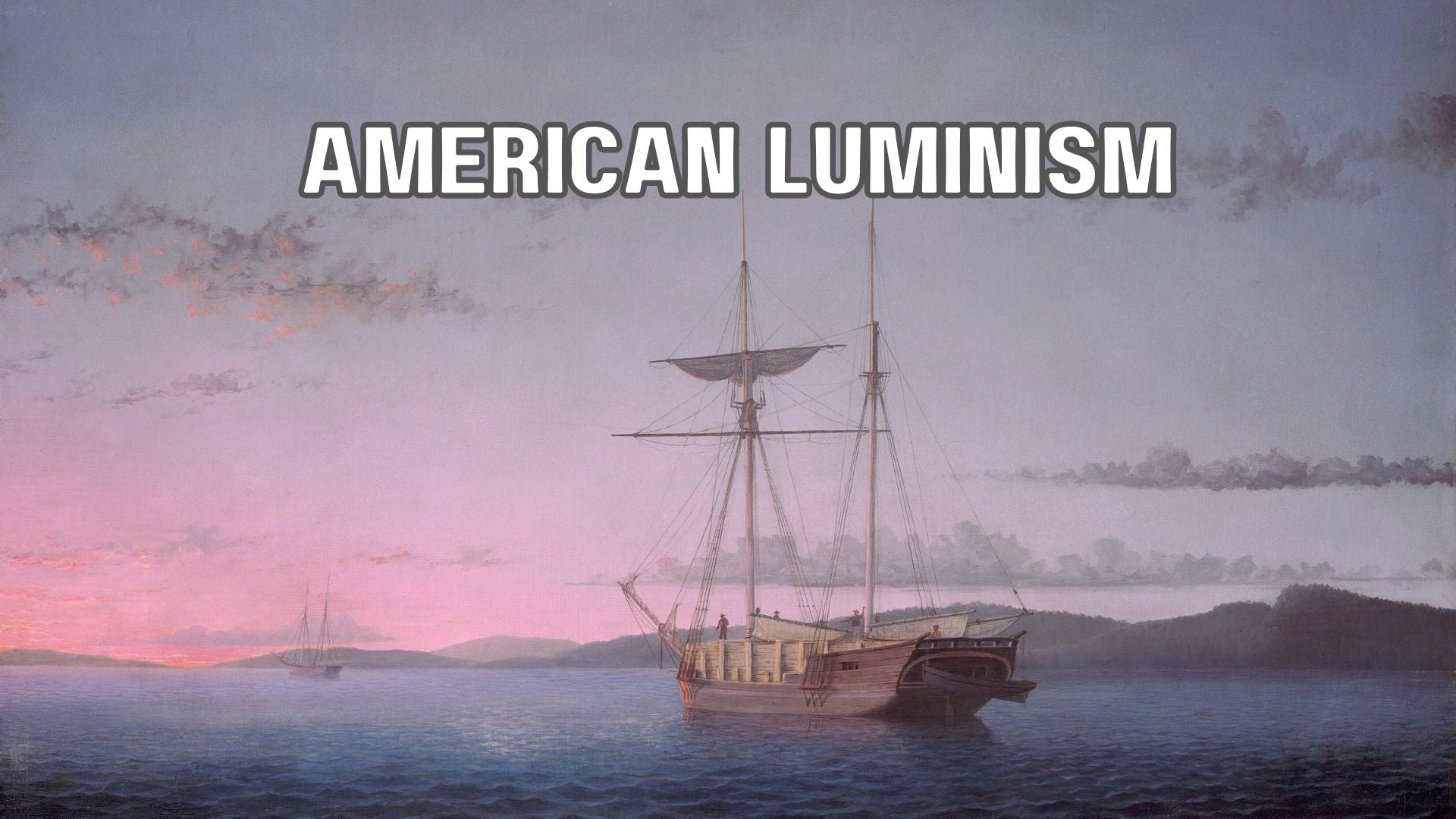Table of Contents:[hide]
Luminism, an exquisite American landscape painting style originating in the mid-19th century, continues to captivate art enthusiasts with its serene depiction of nature's beauty. In this blog post, we delve into the history, characteristics, and contemporary relevance of luminism, shedding light on its enduring legacy in the realm of visual arts.
Unveiling the History of Luminism
Luminism emerged as an offshoot of the renowned Hudson River School, a group of American landscape painters celebrated for their depictions of natural scenery. Coined by art historian John I. H. Baur in the mid-20th century, the term "luminism" encapsulates the essence of this distinct artistic movement. Artists like Fitz Henry Lane, Martin Johnson Heade, and Sanford Gifford played pivotal roles in shaping the luminist style, infusing their works with ethereal light and tranquil landscapes. Painters with a less clear affiliation include Frederic Edwin Church, Jasper Cropsey, Albert Bierstadt, Worthington Whittredge
The Aesthetic Essence of Luminism
Central to luminist artworks is the meticulous portrayal of light, achieved through techniques such as aerial perspective and the concealment of brushstrokes. These paintings often feature serene bodies of water, soft, hazy skies, and a sense of timeless tranquility. As described by art historian Barbara Novak, luminist paintings emphasize horizontal compositions and demonstrate the artist's mastery over structure, tone, and light. The result is a captivating interplay of light and shadow, evoking a sense of meditative calmness.
Contrasting Luminism with Impressionism
While both luminism and impressionism share a fascination with light, they differ significantly in their artistic approach. Luminism prioritizes detail and conceals brushstrokes to create a smooth, pristine surface, whereas impressionism embraces visible brushwork and a more spontaneous, impressionistic style. Despite these distinctions, luminism predates impressionism, with luminist artists remaining uninfluenced by the latter's avant-garde techniques.
Contemporary Reverberations of Luminism
The timeless allure of luminism continues to inspire contemporary artists, who echo its emphasis on majestic landscapes and ethereal light. Figures like James Doolin, April Gornik, and Steven DaLuz embody a modern interpretation of luminism, infusing their works with a sense of awe-inspiring magnificence. Additionally, luminism's influence extends beyond traditional painting mediums, manifesting in experimental films that capture the sublime essence of nature.
Reimagining Luminism in the Modern Era
As scholars debate the significance of the term "luminism" within art history, it remains clear that this aesthetic movement transcends temporal boundaries. Whether through traditional canvases or innovative multimedia projects, luminism continues to enchant viewers with its evocative portrayal of the natural world. By honoring the legacy of luminism, contemporary artists pay homage to a timeless tradition of artistic expression rooted in reverence for nature's sublime beauty.
Luminsm FAQ's
-
What is luminism in American art?
- Luminism is a landscape painting style that emerged in the mid-19th century, characterized by its focus on capturing the effects of light in serene natural settings. It emphasizes meticulous attention to detail, smooth surfaces, and a sense of tranquility.
-
Who were the key artists associated with luminism?
- Prominent luminist painters include Fitz Hugh Lane, Martin Johnson Heade, Sanford Gifford, and John F. Kensett. These artists played crucial roles in shaping the luminist style and are celebrated for their evocative portrayals of American landscapes.
-
How does luminism differ from impressionism?
- While both luminism and impressionism explore the theme of light in art, they employ different techniques and styles. Luminism prioritizes detail, concealing brushstrokes to create smooth surfaces, whereas impressionism embraces visible brushwork and a more spontaneous approach.
-
What are the defining characteristics of luminist paintings?
- Luminist artworks often feature serene landscapes, calm bodies of water, and soft, hazy skies. They emphasize horizontal compositions, mastery of structure, tone, and light, evoking a sense of timeless tranquility and meditative calmness.
-
Who coined the term "luminism" and when?
- The term "luminism" was coined by art historian John I. H. Baur in the mid-20th century. It serves as a descriptor for the distinct artistic movement characterized by its focus on light and tranquil landscapes.
-
How has luminism influenced contemporary art?
- Contemporary artists continue to draw inspiration from luminism, incorporating its emphasis on majestic landscapes and ethereal light into their works. Figures like James Doolin, April Gornik, and Steven DaLuz exemplify a modern interpretation of luminism in their art.
-
What role does luminism play in the broader context of American art history?
- Luminism occupies a significant place in American art history, representing a tradition of artistic expression rooted in reverence for nature's sublime beauty. Its enduring legacy continues to captivate art enthusiasts and scholars alike, transcending temporal boundaries.
-
Is there a connection between luminism and the Hudson River School?
- Yes, luminism emerged as an offshoot of the Hudson River School, a group of American landscape painters renowned for their depictions of natural scenery. Many luminist artists, such as Fitz Hugh Lane and Sanford Gifford, were associated with the Hudson River School.
-
How does luminism manifest in contemporary multimedia projects?
- Luminism's influence extends beyond traditional painting mediums, manifesting in experimental films and other multimedia projects. These endeavors capture the sublime essence of nature, echoing the serene beauty depicted in luminist paintings.
-
Why is luminism considered an enduring artistic movement?
- Luminism's enduring appeal lies in its timeless portrayal of the natural world, evoking a sense of awe and reverence for the beauty of landscapes. Its influence continues to resonate with artists and audiences, bridging the gap between past and present artistic expression.






